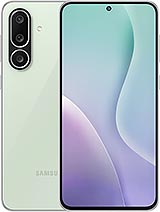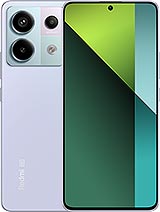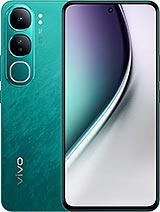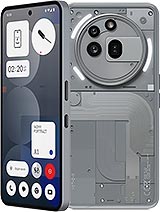Samsung Galaxy M56 alternatives
Tap above to see alternatives.
Vivo T3 Pro alternatives
Tap above to see alternatives.
Samsung Galaxy M56

Samsung Galaxy M56
-
Exynos 1480
4 nm
-
5000 mAh
45W
-
6.74"
1080 x 2400 pixels
-
50 MP
4K@30fps
-
Specs

Vivo T3 Pro

Vivo T3 Pro
-
Snapdragon 7 Gen 3
4 nm
-
5500 mAh
80W
-
6.77"
1080x2392 pixels
-
50 MP
4K@30/60fps
-
Specs

4x2.75 GHz Cortex-A78
4x2.0 GHz Cortex-A55
1x2.63 GHz Cortex-A715
3x2.4 GHz Cortex-A715
4x1.8 GHz Cortex-A510
8GB 256GB (UFS 3.1)
8GB 256GB (UFS 2.2)
f/1.8, (wide), PDAF, OIS
8 MP
f/2.2, (ultrawide)
2 MP
f/2.4, (macro)
f/1.8, (wide), 1/1.95", 0.8µm, PDAF, OIS
8 MP
f/2.2, 120˚ (ultrawide)
1080p@30/60fps
1080p
f/2.2, (wide)
f/2.5, (wide), 1/3.0", 1.0µm
1080p@30fps
SIM1: Nano, SIM2: Nano
SIM1: Nano, SIM2: Nano
FDD: N1, N3, N5, N8, N28
TDD: N40, N41, N78
FDD: N1, N3, N5, N8, N28
TDD: N40, N77, N78
FDD: N1, N3, N5, N8, N28
TDD: N40, N41, N78
FDD: N1, N3, N5, N8, N28
TDD: N40, N77, N78
In this performance comparison, the Vivo T3 Pro with its Qualcomm Snapdragon 7 Gen 3 (4nm) performs better than the Samsung Galaxy M56 with the Exynos 1480 (4nm), thanks to superior chipset efficiency.
Samsung Galaxy M56 offers 6 years of OS updates, whereas Vivo T3 Pro provides 2 years. For security updates, Samsung Galaxy M56 offers 6 years of support compared to Vivo T3 Pro's 3 years.
Both Samsung Galaxy M56 and Vivo T3 Pro feature AMOLED displays, offering vibrant colors and deeper blacks. Both smartphones offer the same 120 Hz refresh rate. Vivo T3 Pro also boasts a brighter screen with 4500 nits of peak brightness, enhancing outdoor visibility. Both phones have the same screen resolution.
Vivo T3 Pro features a larger 5500 mAh battery, potentially delivering better battery life. Vivo T3 Pro also supports faster wired charging at 80W, compared to 45W on Samsung Galaxy M56.
Vivo T3 Pro includes an IP64 rating, while Samsung Galaxy M56 lacks an official IP rating.
- Samsung Galaxy M56 – Check price here
- Vivo T3 Pro – Check price here
¹ Scores can vary even with the same chipset due to RAM, thermals, and software optimization.









